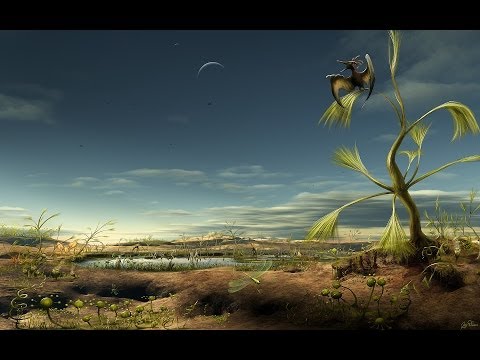ROSCOSMOS Future Space Missions
Roscosmos or Russian Federal Space Agency was founded after the dissolution of Soviet Space Program in 1991. Russian space agency is one of the space pioneers along with NASA. They are the first agency to launch a satellite in space called a Sputnik one. They are the first agency to have a man in space: Cosmonaut Yuri Gagarin. After its transformation from the Soviet space program into Roscosmos, they have launched even more ambitious missions. They are one of the prominent contributors to the international space station or ISS. In 2012 they launched 95 satellites which was a record launch at that time. Hello Everyone I am Varun and in this episode we are going to explore and find out future Roscosmos space missions. So without further do. Let’s get started Luna 25 is a planned lunar lander mission by the Russian federal space agency. It is the successor of luna 24 which was launched 44 years back in 1976. It is going to land on the south pole of the moon the objective of the mission is to land on the moon and to demonstrate the landing technology of Roscosmos. The mission will carry 30 kilos of the scientific instrument including a robotic arm for soil samples and possible drilling hardware. The mission is currently planned for October 2021 on Soyuz 2.1 b rocket it is going to be launched from the Baikonur launch site in Kazakistan. Venera D is a proposed Russian space mission to Venus. It is going to include an orbiter and a lander. The mission is going to be launched between 2026 and 2030. The primary objective of the mission is to perform observation with the use of radar. The lander is going to operate on venus surface for around 3 hours. It will gather various data which would be important to gather information about the atmosphere of venus. The mission is scheduled to be launched using proton or Angara a5 rocket Exomars is an astrobiological program by European space agency and Roscosmos or Russian federal space agency. The goals of Exomars are to search for signs of past life on mars and to investigate about martian water and geochemical environment. The mission is going to return a mass sample of mars to investigate atmospheric trace gases and their sources. The launch vehicle and instrument packages are going to be provided by Roscosmos while Exomars Trace gas orbiter is provided by the European space agency. The duration of the mission is 6 months 11 days and will be operated and launched using proton rocket. These are some space missions Roscosmos have planned in next decade. Roscosmos is generally going to focus on luna missions rather than focusing on interstellar missions or voyages around other planets. All the missions in the next decade are going to be the successor to luna 25 Make sure to Subscribe and Ring the bell icon, so you get notified each time a new video is up. Thanks for watching and Stay Curious my friends.













